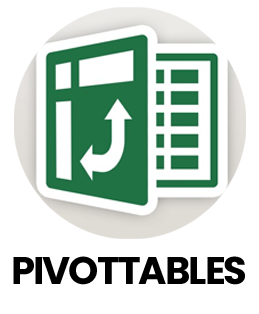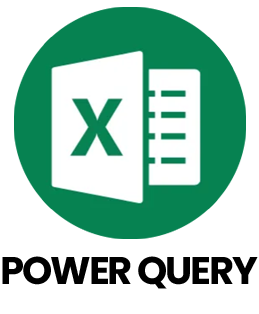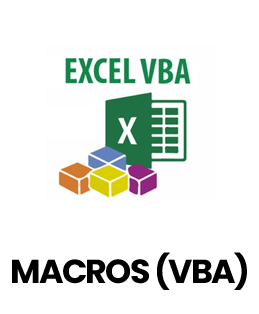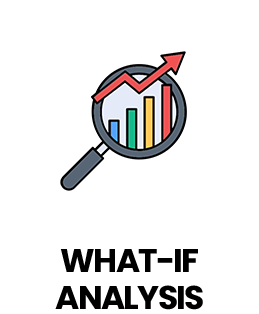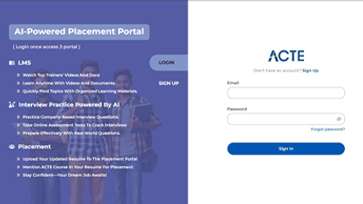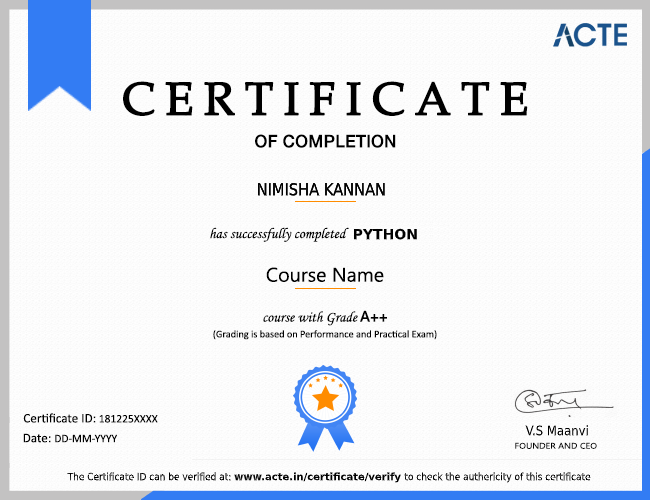1. How can patterns and trends be detected in Excel data?
Ans:
Patterns in Excel data can be observed using tools like conditional formatting, sorting, filtering and charts. Functions such as FORECAST, CORREL, or LINEST, along with trendlines, help identify relationships and highlight trends in datasets for better insights.
2. Why is it necessary to maintain a balance in Excel analysis complexity?
Ans:
Analyses that are accurate and comprehensible are guaranteed when complexity is balanced. Models that are too basic may miss crucial information and charts or formulas that are too complicated may perplex viewers. Clear and trustworthy data analysis is maintained by using pivot tables, algorithms and visualizations appropriately.
3. What is data validation in Excel and why is it important?
Ans:
Data validation allows setting rules for what can be entered in cells, such as restricting inputs to certain numbers, text, or dropdown lists. This prevents errors, maintains consistent data and ensures that calculations and reports remain accurate.
4. How can classification results be displayed in Excel?
Ans:
Classification results can be represented using a manually created confusion matrix with COUNTIFS to compare predicted versus actual values. From this, performance metrics such as Accuracy, Precision, Recall and F1-Score can be calculated using Excel formulas.
5. Why are constraint-based formulas used in Excel?
Ans:
Constraint-based formulas, using IF, MIN, or MAX functions, control the behavior of calculations and prevent unrealistic results. They help reduce errors, limit values within desired ranges and ensure that analysis remains meaningful and consistent.
6. How can multiple forecasts or models be combined in Excel?
Ans:
AVERAGE, WEIGHTED AVERAGE and IF logic are several formulas that can be used to integrate many forecasts. As in predictive analytics, combining outputs from various models improves accuracy and dependability.
7. How is optimization achieved using Excel?
Ans:
Optimization in Excel can be performed with tools like Solver, which identifies the best possible value for a formula under specific constraints. This helps maximize or minimize targets efficiently for business or analytical objectives.
8. What is the difference between random and sequential dataset combination in Excel?
Ans:
Random combinations, such as shuffling or sampling, combine data without adhering to a predetermined order. Data is processed sequentially, with each step relying on the outcomes of the previous steps. Predictions and the organization of the analysis are impacted by the approach used.
9. How is missing or blank data managed in Excel?
Ans:
Filtering, IF(ISBLANK()), or substituting default values or averages for gaps can all be used to deal with blank or missing values. In order to ensure correct reporting and analysis, pivot tables also enable summarizing datasets while disregarding empty cells.
10. How can data be simplified and what does dimensionality reduction mean in Excel?
Ans:
Dimensionality reduction involves eliminating unnecessary columns, examining correlations, or using pivot tables to summarize data in order to concentrate on key variables. This makes analysis quicker and more efficient, exposes important findings and simplifies datasets.


